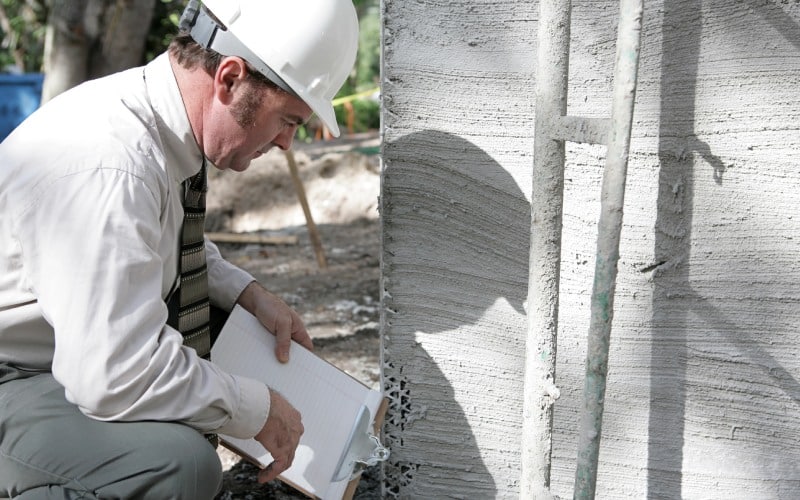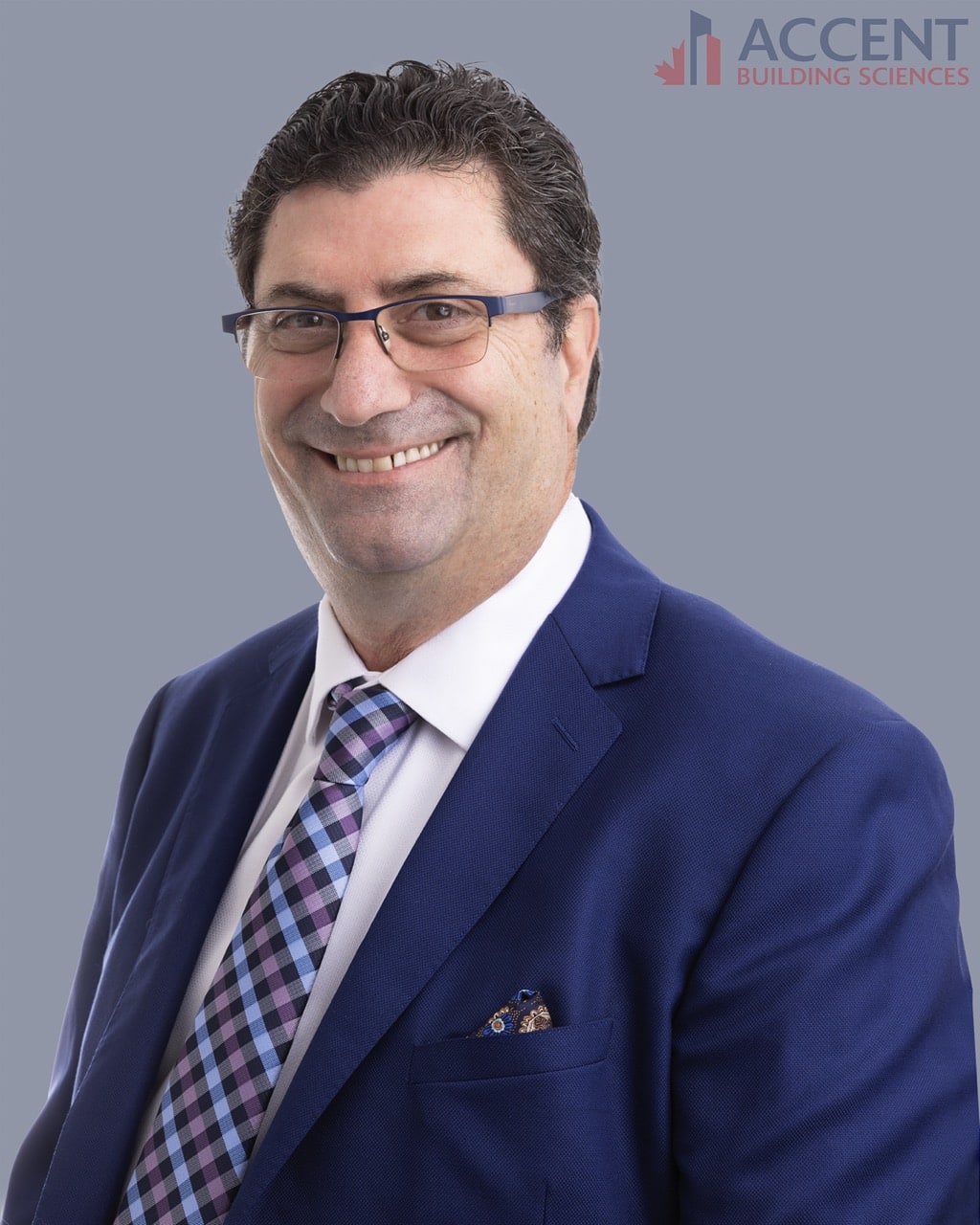500 Hood Road, Suite 320Markham ONL3R 9Z3

A reserve fund study is completed to assess the long-term capital needs of a property, helping a condo board or other association create a cost-effective plan for maintenance and repair needs and ensuring the organization has sufficient funds to pay for costs as they arise.
As part of this proactive tool for property management, there are two key components: a physical inspection and a financial analysis. Together, these two components provide a comprehensive overview of the property's long-term capital needs and the financial planning required to address those needs. This helps property managers and boards make informed decisions about budgeting, plan long-term maintenance and repairs, and set reserve fund contribution amounts, in turn helping the properties to stay viable.
The first component is a visual inspection and physical assessment of the building or properties, to identify areas of concern. It provides critical information for effective reserve fund planning. By evaluating the current property health and condition, and anticipating wear and tear and projected replacement year, the study identifies key capital expenses that may be expected over the next 20 to 30 years.
Experienced, skilled assessors provide valuable predictions on likely major capital expenditures, and make ongoing maintenance recommendations, with expected costs, to extend the lifespan of building components; this minimizes the need for larger capital expenses. With quality information, financial planning for necessary repairs and maintenance is facilitated, so property managers and owners can make informed short- and long-term decisions.
The condition and life expectancy of all common areas, including roofs, exterior walls, windows and doors, HVAC systems, parking structures, plumbing and electrical systems, pavement and landscaping, plus other structures and systems, will be reviewed. Any deficiencies or concerns are noted throughout the site review. The condition of each component is evaluated to estimate its remaining useful life and project future repair or replacement costs.
Assessment methods may include visual inspections, non-intrusive tests, and, in some cases, more specialized techniques like infrared thermography or moisture meters.
This second component, the financial analysis, is integral to ensuring the long-term financial health and sustainability of properties. A comprehensive evaluation of the reserve fund's current status compared to future requirements means the financial health of the reserve fund can be assessed and potential shortfalls identified.
As a starting point, the current balance of the reserve fund is considered, giving insight into the immediate financial capacity available to address any needs.

A long-term projection identifies the work needed and estimated costs for future maintenance, repair, and replacement activities, as well as a predicted timeline for when the work will likely become necessary. This is based on the information discovered in the physical inspection, and a great deal of expertise and experience is necessary to create an accurate and effective projection. However, when this step is done well, it provides a strong foundation for property owners and others to budget from.
A depreciation report may be included, detailing the expected lifespan and depreciation of various components outlined in the physical inspection. It helps plan for replacements and ensures that funds are allocated appropriately.
A cash flow scenario analyzes the adequacy of funds over time. It takes into account various factors such as inflation, interest rates, and predicted increases in repair or replacement costs. The goal is to create a more accurate view of future financial needs, prevent unanticipated financial strain and avoid unplanned special assessments.
This forward-looking approach allows the necessary amount of regular contributions to be determined. This is the amount of money that has to be set aside regularly to ensure sufficient funds are available when major repairs or replacements are due. This amount will be compared to what is actually being saved.
After the required contribution amounts are identified, any shortfalls in funding become apparent. As a result, the analysis may also provide recommendations for adjustments to the contribution rate. A temporary or permanent percentage increase in reserve fund contributions from unit owners may be proposed if necessary. On the other hand, if there is a surplus, there may be recommendations on how these surplus funds could be used to optimize property management.
Choosing a high-quality engineering firm experienced in reserve fund studies means you can gain optimal benefits. A good company with the proper expertise will provide detailed assessments, accurate projections, and actionable insights, leveraging experience, technical proficiency, and industry knowledge. The quality of the study is enhanced to provide stakeholders with the most reliable and informed basis for strategic decision-making.
ABSI offers in-depth inspections and clear, actionable reports, offering valuable planning guidance from seasoned engineers. Our reliable, detailed 30-year projections empower property managers, boards, and other stakeholders with essential information for effective, forward-thinking budgeting. We help increase the longevity and financial resilience of your properties.

Naji Hassan, a renowned professional in Building Science and Engineering, brings a wealth of knowledge and experience to his field. Educated at Beirut Arab University and Harvard Business School Online, Hassan has honed his expertise in structural and municipal engineering, building science, and business management. As the President of Accent Building Sciences and an experienced Senior Project Manager, he has made significant strides in building envelope engineering, building condition assessments, and energy retrofit programs. His commitment to innovation and excellence is evident in his approach to large-scale project management and his active participation in industry organizations. Hassan is not only a leader in his field but also a prolific writer and thought leader. He regularly shares his insights and experiences through articles on LinkedIn, which can be found at LinkedIn Articles. Additionally, he maintains a blog where he delves deeper into various aspects of building science, accessible at Accent Building Sciences Blog. Outside of his professional pursuits, Hassan enjoys travel, golf, languages, gardening, and music, reflecting his diverse interests and well-rounded character. Naji Hassan's journey in building science and engineering is not just a career but a testament to his lifelong dedication to learning, teaching, and inspiring others in his field.

500 Hood Road, Suite 320Markham ONL3R 9Z3